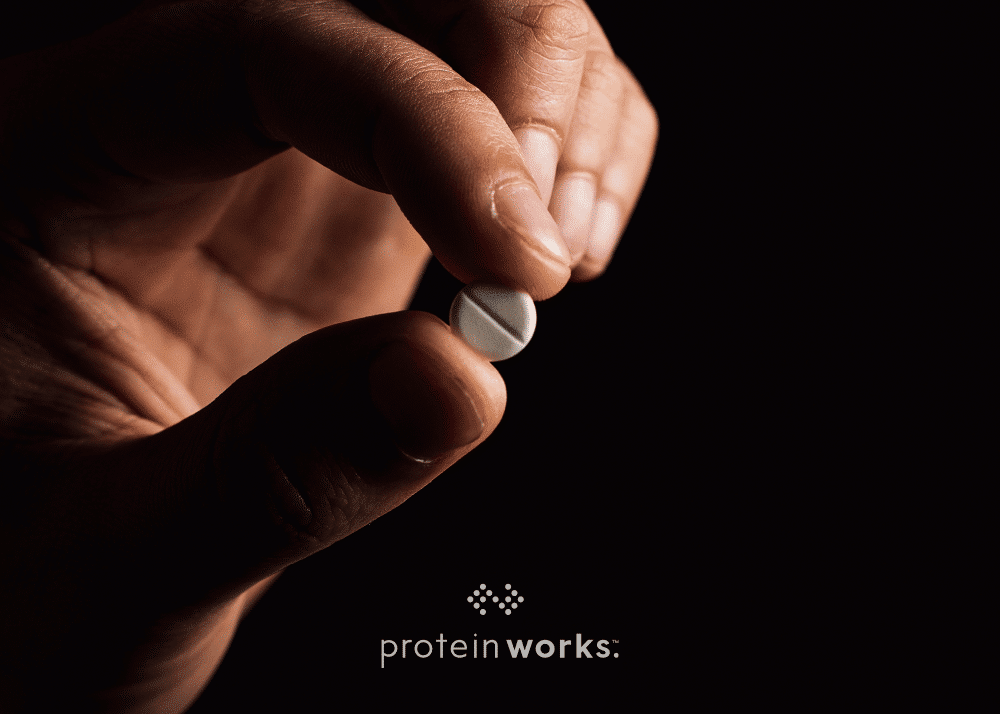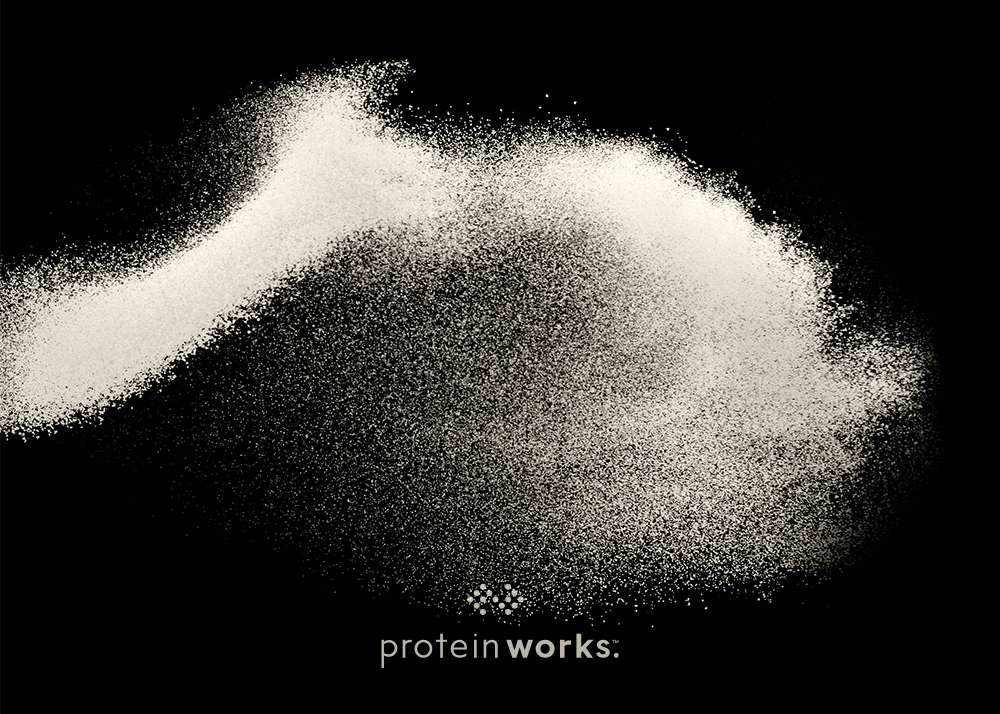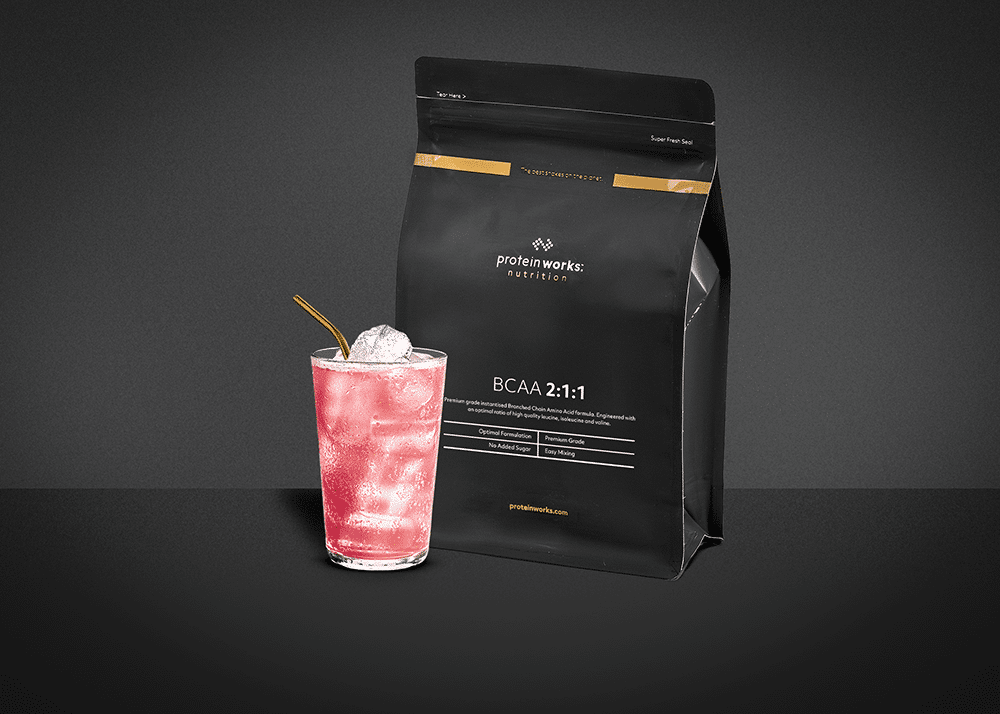
A Newcomer’s Guide To Protein Powders
If you’re look to improve your nutrition, does any of this sound familiar to you?
- You only have a fraction of the time needed to find, buy, cook and eat protein-rich foods
- You’re not sure where to start when it comes to buying a protein powder
- You’re not even sure what a protein powder contains or how much you should take, if at all
I’ve been there. And after a few years, I now understand protein powders to a level that just about qualifies me to write this guide for you (I think).
Still, I need your help.
Once you’re done reading, if there’s anything you were hoping to get from this post that I missed, please let me know in a comment. I’ll either reply to you directly or update the post with your question + the answer.
Let’s start from the very beginning …
What is protein powder?
Protein powder is made from one of several natural protein sources (sometimes a combination). It’s meant to be consumed alongside a healthy diet, to top-up your protein intake, so that your body has enough of the stuff support your health and nutrition goals.
There are different types of protein powder, we’ll discuss the following in this guide:
- Whey
- Casein
- Milk
- Egg
- Rice & Pea
- Soy
- Hemp
Why would I take protein powder?
It’s a super convenient, cost effective and delicious means of increasing your daily protein intake.
Imagine this …
You’re roaring through your busy day.
Do you take 15 – 30 minutes to cook yourself some chicken breast or drive to the shops for a high protein snack. Or do you simply take 60 seconds to make yourself a delicious shake?
For those who realise their protein intake is too low for what they need, the three most common reasons for using supplements are:
- Speed
- Convenience
- Cost
How much protein powder should I take?
Like everything in the world of nutrition… it depends.
It depends on your goals, age, diet, health and more.
As a guideline, the minimum daily intake of protein is 0.8g/kg of bodyweight. That’s protein in general – so, from everything you eat and drink per day including supplements.
— Note: This guideline doesn’t necessarily apply in extreme cases of obesity or ill health. —
If you weigh 70kg, you’re recommended to consume 56g of protein per day.
There’s a highly detailed piece on this from Examine.com that breaks down the different protein ‘targets’ per person-type.
Whey Protein
Whey protein powder is the most well-known protein powder. And it’s pretty safe to assume it’s the most popular.
Whey comes from milk – extracted during the production of cheese.
It contains a collection of proteins, which hold the essential amino acids your body needs.
You can get those same ingredients from drinking whole milk … but whole milk comes with a lot of other ingredients, which may not be good when consumed in excess. Plus, a whey protein shake will contain a higher concentration of protein than a glass of milk.
Whey is available in three different forms:
- Whey concentrate
Standard. Medium to high levels of protein. - Whey isolate
More expensive. Only high levels of protein. - Whey hydrolysate
Even more expensive. Similar to isolate only designed to help the body absorb the contained amino acids faster.
If you’re just starting out with protein shakes, then whey can be the ideal option. Due to its popularity, there are plenty of different providers and flavours out there to try. And it’s not too expensive compared to some of the others.
Whey protein can be consumed anytime during the day when you need that protein boost.
Casein Protein
During the production of cheese, whey separates itself from casein – another source of protein which is also available as a supplement.
Your body absorbs casein at a much slower rate than whey.
The effects are gradual. And casein doesn’t support the body’s natural production of protein like whey does.
But it brings many of the same long-term benefits. And it is effective when it comes to reducing protein breakdown in the body.
The most noticeable difference is that casein has the ability to form a gel when water is added (and most other liquids). That means you can mix casein powder into a thick, satisfying protein shake – or even bake it into certain desserts, which makes it another good option.
Again there are three types available:
- Calcium caseinate
- Micellar casein
- Casein hydrolysate
- Milk Protein
Both whey and casein are extracted from milk. But milk can be a rich (and cheap) protein source itself – with both previous proteins consumed at the same time, in a less concentrated form.
Basically, it’s milk in powdered form – only with all the non-protein ingredients taken out (i.e. saturated fats).
Depending on your nutrition goals, this may be enough of a supplement to keep your protein intake at the level you need.
— Note: As whey, casein and milk protein come from milk, there’s always a chance that traces of lactose are present. So, if you have any dairy related allergies or intolerances, it may be worth considering different sources of protein. —
Egg Protein
Just as milk protein is pretty much powdered milk, egg protein is pretty much powdered egg whites.
As you’d imagine, it can taste quite … well … eggy.
It’s rich in L-Leucine – an essential amino acid. And it’s lactose-free.
Rice and Pea Protein
The vegan alternative to whey, rice and pea protein is another supplement rich in essential amino acids.
As it comes from rice and peas, it doesn’t threaten to kick-off any sensitivities to dairy.
Soy Protein
Soy protein comes from the soybean.
There are two types available:
- Soy concentrate
Heavily processed – isoflavones* are removed (meaning oestrogenic properties are also removed) - Soy Isolate
Soy protein is extracted in isolation – isoflavones remain (meaning oestrogenic properties are present, but not a threat to your testosterone levels unless your hormone regulation is already abnormal in any way) *I’ll be honest, I had to Google that word to double check.
Hemp Protein
Hemp protein comes from the hempseeds of the hemp plant.
As a complete protein source, it’s unique in that it also provides plenty of fibre, Omega-3 and Omega-6.
It’s a cocktail of nutrition that can support your diet in more ways than just a higher protein intake.
Controversially, the hemp plant is a cousin of marijuana. But hemp will not get you high. There are no psychoactive properties.
All In One Recovery Protein
All in One Protein is a specialist Protein shake to aid muscle recovery, by containing scientifically proven ingredients to replenish and restore your body after a workout session. Due to its specialist nature, it’s no ordinary protein blend. It contains 3 different sources of protein, featuring premium whey protein concentrate fused with plant-based proteins to help maintain and grow your muscle mass.
This post-workout shake delivers…
• 25g of Protein
• Cherry Extract to reduce inflammation.
• Added electrolytes to restore mineral levels.
• Contains creatine to enhance post workout energy production.
Summary:
Protein powders are designed to help increase your protein intake in a convenient and manageable way
It’s up to you whether you wish to add protein powders to your diet – there are ways to get the protein you need without using supplements





No Comments yet!